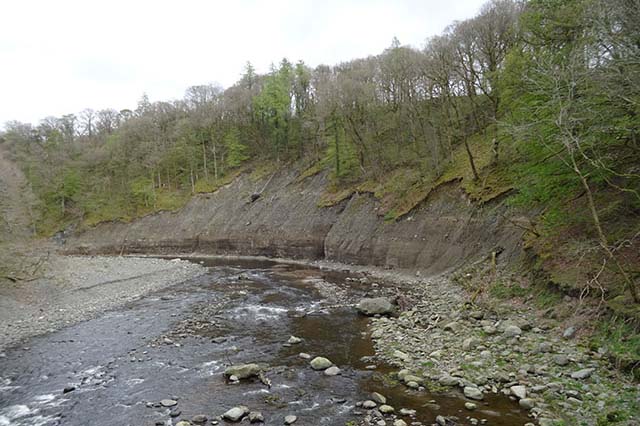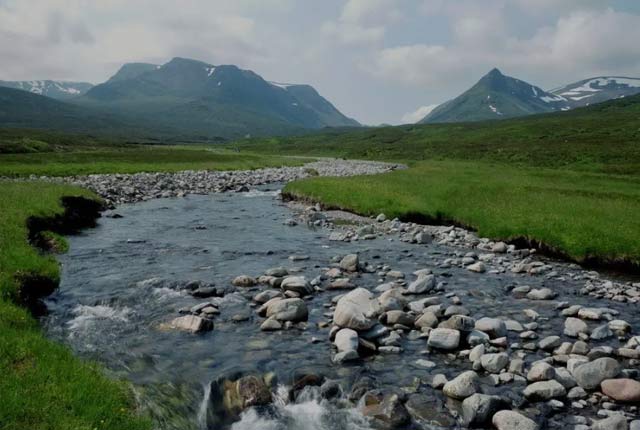Key information
Scale:
Tier 1: 1:625 000Tier 2: 1:250 000
Coverage:
Great BritainAvailability:
FreeFormat:
GIS polygon data. (ESRI, MapInfo, other available by request)Price:
Free for commercial, research and public use under the Open Government Licence. Please acknowledge the material.
Uses:
Regional-catchment level useGet Data
Free access
Free for commercial, research and public use under the Open Government Licence. Please acknowledge the material.
Download dataBGS GeoIndexPaid access
Supporting documents
The BGS GeoScour Open datasets provide a generalised overview of the natural characteristics and properties of catchment and riverine environments for the assessment of river scour in Great Britain.
This dataset
The GeoScour Open dataset comprises two different tiers of geographical information system data containing seven different data layers. Each tier represents a different scale of assessment, from a high-level catchment to subcatchment data. The datasets are polygon (area) layers, which are described using straightforward classifications and enabling an indicative catchment susceptibility assessment.
Tier 1 — catchment level data
Tier 1 consists of one dataset: catchment stability (1:625 000 scale), which identifies and describes the relative catchment-scale characteristics in terms of landscape evolution, sediment availability and typical response in flood conditions.
Tier 2 — subcatchment level
Tier 2 consists of a suite of six subcatchment datasets (1:250 000 scale) including:
- catchment geological runoff potential
- catchment morphology
- catchment designated sites
- catchment flood accommodation
- catchment urban coverage
- catchment geological susceptibility layers including: (new in V2)
- Catchment Average Surface Susceptibility
- Catchment Best Surface Susceptibility
- Catchment Worst Surface Susceptibility


The BGS GeoScour Open datasets provide a generalised overview of the natural characteristics and properties of catchment and riverine environments for the assessment of river scour in Great Britain.
The catchment geological runoff potential and morphology layers provide the dominant geological runoff potential and morphology per catchment, respectively. The catchment designated sites, flood accommodation and urban coverage layers provide the percentage coverage of all protected sites (AWI, NNR, Ramsar, SAC, SPA and SSSI), flood accommodation space and small and large urban areas per catchment, respectively. The catchment geological susceptibility datasets provide average worst and best case scenarios and calculates the total length of river within each catchment for each scour susceptibility class.
Download BGS GeoScour Open
Related content

BGS GeoScour: bridging the river erosion data gap
31/08/2022
The geological properties of bedrock and superficial deposits that make up riverbeds and banks are fundamental controls on the susceptibility of any given river reach to scouring.

River erosion: the forgotten hazard of flooding
03/08/2022
Impacts from flood events can be widespread, long-lasting and extremely costly. The UK Government and environmental protection agencies continue to invest heavily in mitigation measures, as well as trying to predict which areas are most at risk.

GeoScour dataset launch event
Event on 08/09/2022
BGS Product Development invites you to the launch of our newly updated dataset, GeoScour.

BGS GeoScour Open
The BGS GeoScour Open datasets provide a generalised overview of the natural characteristics and properties of catchment and riverine environments for the assessment of river scour in Great Britain.

BGS GeoScour Premium
The BGS GeoScour datasets provide a generalised overview of the natural characteristics and properties of catchment and riverine environments for the assessment of river scour in Great Britain.
You may also be interested in

BGS GeoScour Premium
The BGS GeoScour datasets provide a generalised overview of the natural characteristics and properties of catchment and riverine environments for the assessment of river scour in Great Britain.
Geological indicators of flooding
BGS has produced the geological indicators of flooding dataset from geological maps detailing the floodplains and coastal plains in Britain.






